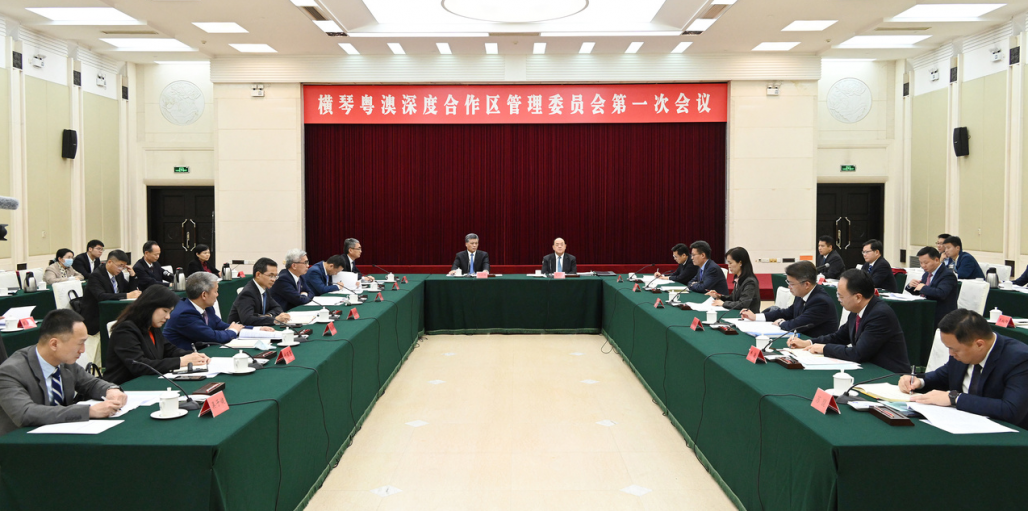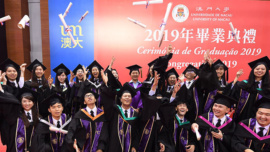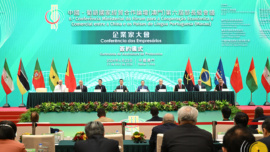
By Jean Jinghan Chen
Chair Professor in Accounting and Finance, Faculty of Business Administration, University of Macau
Being a major subject for the development of the Guangdong-Macau In-Depth Cooperation Zone in Hengqin, financial innovation is an important direction for the implementation of economic diversification in Macau. Development is inseparable from capital; therefore, how to broaden financing channels has also attracted widespread attention. How to make good use of available funds in Macau, that is, the way to accumulate wealth, should be of concern to the financial community. At the current stage, how to effectively gather and use funds on hand by broadening the channels of wealth management is an important issue to be explored. In fact, Macau is a place full of opportunities. In addition to being adjacent to Shenzhen and Hong Kong, it enjoys historical connections with Europe and the United States, while some of the world’s top large-scale gaming and hospitality enterprises operate here in Macau. All these strengths work together and have laid a solid foundation for the expansion of financial management channels in Macau and the In-Depth Cooperation Zone, creating great potential for development.
In Macau, the wealth of local public enterprises and residents is mainly divided into three categories: government, family businesses, and retail investors. The Macau SAR Government has always been known for its prudence in the management of its financial reserves by focusing on value preservation, as well as taking the government’s financial reserves as a cornerstone of local economic growth. For a long time, the government’s fiscal savings and investments grew at a steady pace, with an annual growth rate of around 3%. After the outbreak of the epidemic, its performance has been especially outstanding, while a return rate of 5% was recorded in 2020, which is hard to achieve. The cooperation between Hengqin and Macau will introduce a new wealth management model to the SAR Government. For example, it can consider establishing a financial system that boosts collaboration in the Guangdong-Hong Kong-Macau Greater Bay Area to materialise the free circulation and settlement of MOP and RMB, which can expand the channels and models of wealth management in Macau, so that the city’s financial savings can quickly capture the new opportunities brought about by the development of the Greater Bay Area, expand the scope of investment, and better contribute to the construction of the Greater Bay Area. It is believed that this kind of investment, which may be relatively risky, should enjoy higher returns in the medium and long term with the policy support of the Central Government.

The management of family business wealth is the issue of greatest concern to family entrepreneurs. In 2021, the asset allocation structure of Chinese family business wealth centres on banking financial products (26.47%) and savings and cash (26.34%) (source: BOC “Report on Family Wealth Management of Chinese Entrepreneurs”), which together account for 52% of the wealth of the entire family business. Relatively speaking, in the asset allocation of family businesses in North America, savings and cash account for only 22% of the total wealth. Therefore, the management of family business wealth in China is significantly different from that in North America. The industry should fully understand these differences so as to develop financial products that are attractive to investors from all over the world.
The third group of people is retail investors, or small clients, who should be the key target group of the financing sector. The choice of wealth management products for such investors has a lot to do with their age. The younger, who are more risk averse, prefer financial products with high risks and high returns, whereas the elders are generally more risk averse, preferring wealth management products with low risks and a greater emphasis on value preservation. It is worth mentioning that the population of the middle- and old-aged (over 45 years old) in Macau accounts for about 43% of the total population of local residents (source: Detailed Results of 2021 Population Census), but this group of residents is often excluded from the target customer group of new financial products outside. From this point of view, the range of wealth management products in Macau should be further expanded to suit different groups. At the same time, it should be closely integrated with the international market to enrich wealth management products and channels in Macau.
























